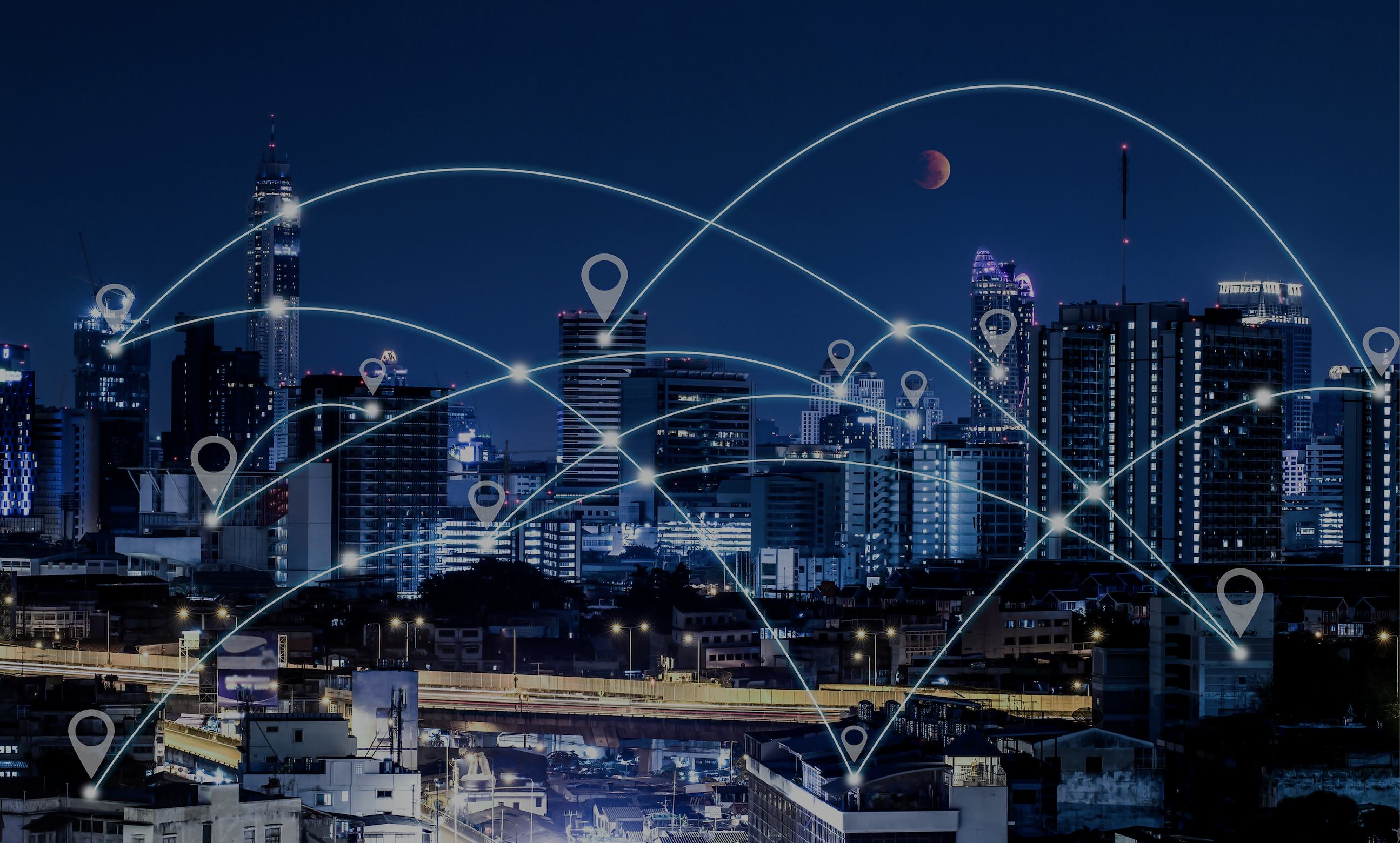
Across America’s highways and cityscapes, large visual media helps brands to capture the attention of consumers and spread brand awareness. Billboard advertising can be fun, too. As part of a holistic marketing effort, billboards tell a brand story in a way that is entertaining and engaging. With the right mix of imagery and action-oriented text, billboards can inspire consumers to take the next step in the buyer’s journey.
The Importance of Billboard Advertising
The term ‘billboard’ can be a little confusing because it’s more of a colloquialism than an advertising term. Brand marketers should understand that the term usually refers to a bulletin, the most common out-of-home (OOH) advertising format. It could also refer to a digital bulletin, which can also be purchased programmatically. We’ll discuss these in more detail further down. For now, you should just remember that the term billboard advertising can refer to multiple large-format OOH media formats.
Bulletins, and outdoor advertising formats in general, are an increasingly important part of a holistic marketing strategy for several reasons, including:
OOH advertising campaigns can leverage many different formats, but large bulletins have a special role to play. They offer the largest physical space for displaying brand messages, with the exception of wallscapes. No matter the size, billboards can complement online marketing strategies, enabling inbound leads to find brand websites and social media pages much more easily to extend the life of the message.
What Makes an Effective Billboard Advertisement?
Effective billboard advertising design begins with a story. Eye-catching visuals and succinct, actionable copy should convey the story in a way that consumers can understand instantly.
Every Billboard Ad Tells a Story
Brand storytelling is one of the most important marketing trends in recent history because consumers see so many advertisements each day. Some estimates indicate that the average American sees upwards of 5,000 ads daily. In this crowded environment, brands can’t afford to sit back and passively attract customers. They need to get out and tell an engaging story that potential customers will remember after the ad leaves their line of sight.
But what does it mean to tell a story within a visual format? At a basic level, this means using facts, emotions, and calls to action to share a piece of the larger brand story. For example, a bulletin might help consumers understand why the company exists and what it does for its customers. Alternatively, the story might help consumers understand the brand’s values and how it interacts with the world — such as explaining the brand’s corporate social responsibility initiatives.
The last thing your brand wants to be is forgettable. In an environment where consumers see hundreds if not thousands of ads daily, it’s all too easy to become a faint blur in the memory of your target audience. By connecting your brand with an emotional appeal, consumers will be more likely to remember your brand’s value proposition; and the more times they’re exposed to your OOH ads, the more reinforcement that message will have.
Storytelling also adds a human element to your brand. Faceless corporations don’t inspire action and they certainly don’t elicit emotions. Billboards and other visual media help your customers make a deeper connection with your brand message by becoming more relatable. Showing how your brand improves the lives of your customers is, for example, a great way to stay at the forefront of your customers’ minds.
Quick Tips for Designing an Engaging Bulletin
What makes for a creative billboard advertisement? Here are some quick tips you can use to improve your messaging:
How Do You Measure Billboard ROI?
Another reason why billboards have only grown in popularity is the increasing ability to track and measure billboard advertising performance digitally. By leveraging privacy-compliant mobile device IDs and geographic tagging technology, it’s now possible to understand which customers saw OOH ads and what actions they subsequently took. Thanks to the latest advances in data science, advertisers can gain deep insights into how customers react after an OOH ad exposure.
Ready to Start Your Next Billboard Campaign?
Traditional and digital billboards play a key role in modern advertising campaigns. Through strategic placement, creative design and a results-oriented approach, billboard advertising can help support your brand’s growth goals.
To learn more about how to get started with your next OOH advertising campaign, get in touch with the experts at Billups.
These Stories on Out-of-Home
Don't worry—we won't share your information.